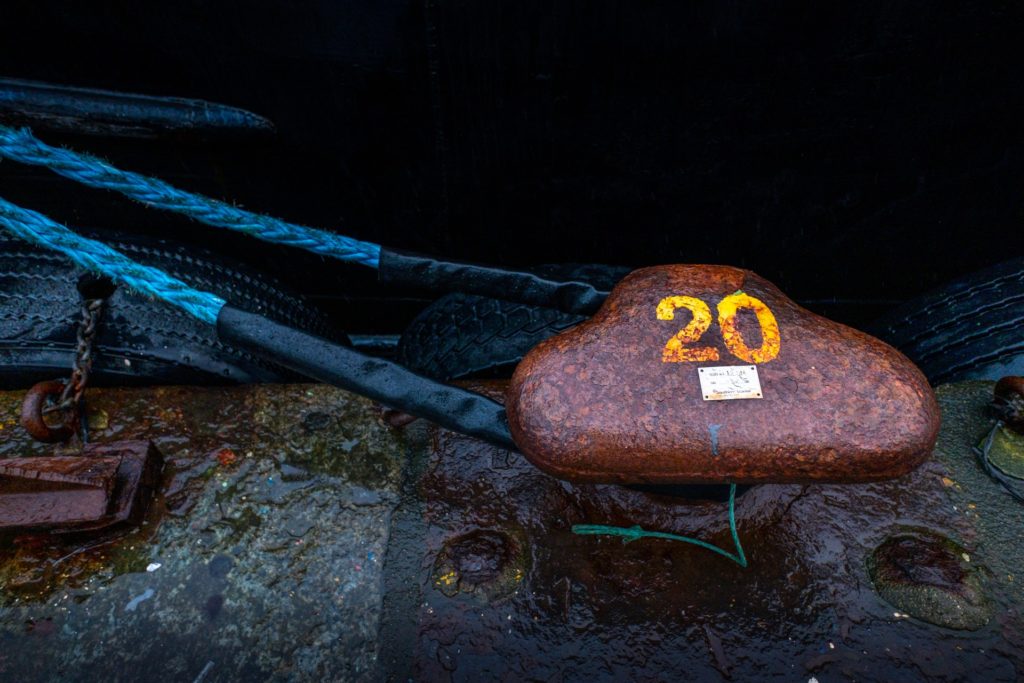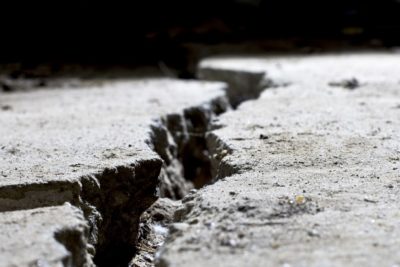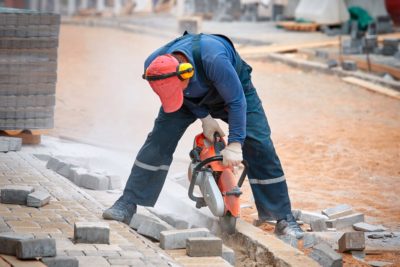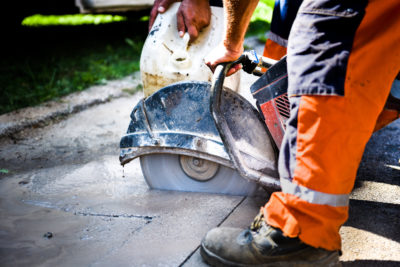I stand tall and strong, you see me every day and I keep everyone safe: What am I? A Bollard!
Yeah, don’t worry if you didn’t get it. To be completely honest, who even recognises bollards to begin with? You probably walk past one everyday or park next to one at your local supermarket and don’t even realise it.
They are used just about everywhere and anywhere and are very much a part of our day-to-day lives, but what exactly is a bollard used for? We know they stop us from parking in unauthorised areas, but surely that’s not all.
Let’s find out.
What is a bollard used for?
In a nutshell, a bollard helps establish a perimeter, both visual and protective, and is engineered to keep pedestrians and motorists safe from potential harm. But that’s not all. Bollards come in a wide variety of shapes and sizes, made from metal, plastic, stone and/or cement.
Furthermore, some types of bollards have been designed to absorb a considerable amount of impact typically caused by errant vehicles, preventing secondary collisions, and keeping pedestrians and motorists safe from injury.
This leads us to our next question, where should bollards be placed? Well, there’s no better way to explain where bollards should be placed than actually finding out the different types of bollards available.
What are the different types of bollards
1. Removable & retractable bollards

Removable bollards are an easy to use solution for controlling access to certain areas including private property or public spaces that are often prone to authorised parking. Similarly, automatic retractable bollards offer access control to pedestrian areas for emergency and authorised vehicles, prevention of unauthorised parking, and site entrances.
Applications for removable/retractable bollards
- Prevent unauthorised access/parking
- Access control to pedestrian areas for authorised vehicles
- Control access to site entrances
Industries that use removable/retractable bollards
- Council and government buildings
- Road and public safety
- Construction sites
- Car parks
- Sports and recreation
2. Construction bollards
As the name suggests, these types of bollards are typically found on construction sites and/or road construction projects. The main purpose of a construction bollard is to protect a designated area and the workers in it from any external accidents by redirecting traffic or preventing it from entering. Made from a flexible and brightly coloured plastic with a reflective tape wrapped around, the bollard acts as a visual deterrent.
Applications for construction bollards
- Prevent external accidents
- Prevent traffic from entering
- Visual deterrent
Industries that use construction bollards
- Construction sites
- Road and civil safety
3. Security & Car park bollards
Serving a similar purpose to the construction bollard, security bollards have been designed to protect assets, such as ticket machines, and pedestrians from low-speed collisions. The only difference lies in the construction of the bollard. Rather than plastic, security and car park bollards are almost entirely made out of steel, are filled with concrete and generally decorated. Depending on the location, impact resistance of the bollard is based on how it is fixated to the ground.
Applications for security & car park bollards
- Protect car park assets, like ticket machines, and pedestrians
- Protect assets, students, and visitors at educational institutions
- Protect assets, patients staff and visitors at hospital car parks
Industries that use security & car park bollards
- Council and government buildings
- Public safety
- Car parks
- Hospitals
- Sports and recreation
- Shopping centres
- Schools and universities
- Outside restaurants
4. Marine bollards

You might have guessed it, marine bollards are used to anchor boats and are a crucial part of mooring systems. Based on its intended use, mooring bollards come in a range of shapes and sizes with a mushroom shape appearance. This allows ropes to be dropped over the top and will not easily come loose. Additional cross rods provide additional security for tying ropes around the bollard.
Applications for marine bollards
- Part of mooring system to secure boats
Industries that use marine bollards
- Docks
- Jetties
5. Hostile vehicle mitigation bollards
Offering the highest level of protection for high-value assets and people, HVM bollards are highly recommended for sensitive and high-value locations. They provide the most protection against out of control vehicles and vehicle-based attacks, making them ideal for protecting locations with large masses of people like an outdoor market or religious congregations. They also provide the most effective form of security barriers for high-value assets such as embassies, government buildings and airports.
Applications for HVM
- Provide high level protection in airports, government buildings, embassies
- Provide high level protection for areas with large masses of people such as festivals, outdoor markets, religious meetings
- Provide high level protection against out of control vehicles in high-traffic areas
Industries that use HVM
- Council and government buildings
- Events, public safety
- Sports and recreation
- Educational institutions
6. Bicycle parking bollards
Bicycle parking bollards provide a hitching point for a secure bike lock-up and typically consist of post-and-arm shape for 2 bikes to be secured. The main purpose of bicycle parking bollards is essentially providing cyclists an area to safely park and lock their bikes.
7. Guardrails/ end terminal bollards
Guardrails and end terminal bollards have been engineered to absorb impact and protect motorists and assets in the event of a collision. As a non-gating and non-redirective deterrent, guardrails help ‘capture’ errant vehicles and effectively minimise potential injuries, secondary accidents/collisions and other hazards. They are particularly useful in areas with limited space such as bridges, tight corners or roundabouts.
Applications for HVM
- Provide protection in areas with limited space: bridges, roundabouts, highways, roads
- Provide safer work zones by protecting employees
- Stop errant vehicles and help keep pedestrians and motorists safe
Industries that use HVM
- Council and government buildings
- Events, public safety
- Sports and recreation
- Educational institutions
- Mining
- Factories & warehouses
We can help with bollard installation
Diamond Cut Concrete has the proper equipment for core drilling. Our team can help you all around Western Australia with bollard installation.



